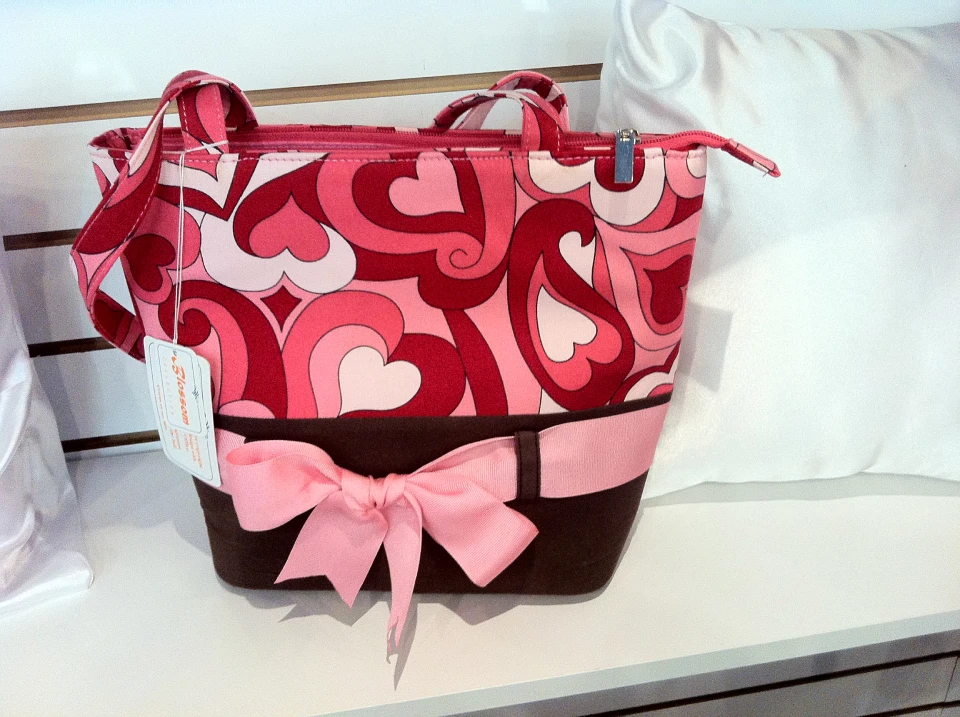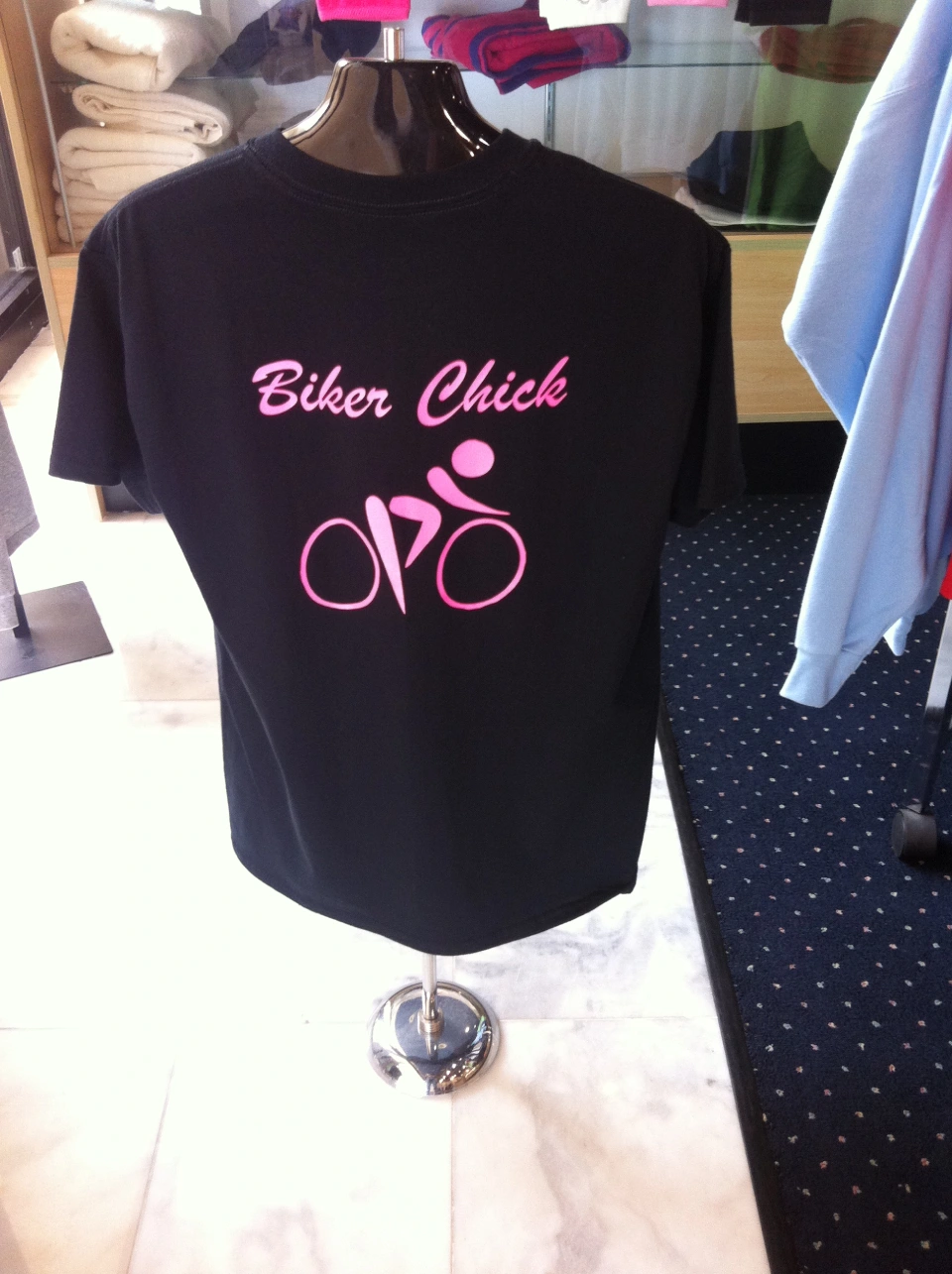Heat Transfer on T-Shirts and Aprons - Customized Designs and Logo Designs
Heat Transfer on T-Shirts and Aprons - Customized Designs and Logo Designs
Blog Article
The Art of Personalized Embroidery: Opening the Tricks to Creating Distinct and Unforgettable Layouts
Needlework, a craft soaked in practice and creativity, holds within its intricate stitches the power to change fabric right into a canvas of distinct expression. The secrets to developing custom embroidery layouts that mesmerize the eye and leave a lasting perception depend on a fragile equilibrium of method, creativity, and interest to information. As we look into the world of custom embroidery, we discover the nuanced interplay in between thread option, stitch intricacy, and design customization that boosts a plain garment to a work of art. Join us on a journey with the art of custom-made embroidery as we unwind the enigmas behind crafting truly extraordinary and unique developments.
Choosing the Right Embroidery Threads
When choosing needlework threads, what vital aspects should you think about to ensure the ideal outcomes for your custom-made designs? The selection of embroidery string is important in identifying the last result of your stitched design. Among the main considerations is the product of the thread. Different products such as cotton, polyester, rayon, and silk offer differing degrees of shine, sturdiness, and structure. It is vital to choose a string material that matches the textile you are embroidering on and straightens with the desired appearance of the layout.
Thicker threads can add dimension and texture to your layout, while finer threads are perfect for detailed details and tiny message. Additionally, considering the shade fastness and washability of the thread is critical to make sure that your custom-made designs keep their quality and vibrancy over time.
Discovering Various Stitch Methods
To dig into the world of 'Checking out Various Stitch Techniques', one have to comprehend the intricacies and subtleties that each stitching approach brings to the art of needlework. Various stitch methods not only include visual rate of interest but likewise add to the overall appearance and measurement of the design. One prominent stitch strategy is the satin stitch, which involves closely jam-packed parallel stitches to develop a smooth and glossy surface area, suitable for filling up in shapes and creating vibrant describes.
On the other hand, the backstitch is a versatile technique typically made use of for laying out and adding fine details. It involves sewing backward to create a strong line of embroidery. In addition, the French knot stitch adds a responsive component to designs, best for creating textured accents like blossom facilities or attractive touches.
Exploring different stitch techniques enables embroiderers to have fun with light, darkness, and depth within their designs, raising the aesthetic appeal and creative top quality of their embroidery tasks. By understanding various stitching methods, one can open endless possibilities for producing one-of-a-kind and remarkable personalized embroidery pieces.
Incorporating Personalized Design Elements
Having actually checked out the complexities of different stitch strategies such as the click this link satin stitch, backstitch, and French knot, the emphasis now changes in the direction of integrating customized design aspects in customized needlework jobs. Personalized layout aspects play a crucial duty in making embroidery projects absolutely special and remarkable.
One more way to include tailored design components is by including icons or motifs that hold unique significance to the recipient or show their passions and character. Incorporating a preferred flower, pet, or hobby-related icon can make the needlework design a lot more significant and individualized. Additionally, selecting colors that resonate with the recipient or straighten with the intended style can better boost the customization you could look here of the embroidery project.
Understanding the Art of Shade Control

One key element of shade coordination is comprehending shade theory. This includes understanding just how different colors interact with each various other, the emotions they communicate, and just how they can be combined to create visually enticing designs. By using shade concept principles, embroiderers can produce unified shade schemes that boost the general appearance click this of the layout.
In addition, focusing on comparison is crucial in color coordination. Using contrasting colors can help particular components of the design pop, improve clarity, and produce an aesthetically vibrant needlework piece. By grasping the art of color control, embroiderers can elevate their designs and create memorable pieces that reverberate with clients and audiences alike.
Enhancing Texture With Advanced Embroidery Stitches

French knots, as an example, are excellent for including small, raised dots to your design, mimicking the appearance of grains or creating a textured surface. Bullion knots, on the other hand, can be made use of to produce twisted, ropelike aspects that add a lavish feel to the embroidery. Seed sewing entails small, scattered stitches that can fill up in locations with a multicolor structure, while turkey work creates fluffy, dimensional accents similar to pet hair or foliage. Explore these innovative embroidery stitches enables you to press the limits of conventional needlework and produce truly special and aesthetically appealing appearances in your styles.
Conclusion
In final thought, the art of custom embroidery includes a combination of picking the right threads, discovering numerous stitch techniques, integrating individualized layout elements, grasping shade control, and enhancing structure with advanced stitches. By understanding and carrying out these vital aspects, embroiderers can produce distinct and unforgettable styles that display their creative thinking and ability. Needlework fanatics can open the secrets to creating gorgeous and custom items that stand out and leave a lasting impression.
Report this page